Premium Economy class is relatively new, growing in popularity, and promoted by many as the answer to those travellers who want a cheaper alternative to business class.
But where does it differ from Economy class? Which carriers offer this class? Which carriers have the best? What does it cost? These questions will take some answering but here I go!
Premium Economy Features
1. Dedicated checkin counter- This is offered by most carriers offering this service.
2. Extra baggage and hand luggage allowance. This is generally one 35kg or two 23kg checked in baggage but there is the odd exception like Virgin Australia to the USA, or Air France where it is two 32kg bags. Hand luggage is limited to 7kg, but some like Air New Zealand allow you two.
3. Dedicated cabin. All carriers have a dedicated cabin, but some are more private than others.
4. Special services and meals. All airlines with this class offer a much better menu that economy class with much wider choice, ability to prebook on some carriers, and superior service at your seat. Premium wines are generally common to all. There is considerable variation in what is offered as far as meals are concerned, so you need to study carefully the airlines that you are considering if that is important to you.
5. Improved in seat facilities. These vary from one airline to another, but include laptop power ports, AC power, adjustable headrests, legrests and lumbar support, and larger personal tv screens.
6. The Seats. To me, as a tall person, this is the most important factor, and here I am going to talk both inches and centimetres so there is no misunderstanding.
Seat padding. I often find this an issue, with some seats on aircraft lacking sufficient padding, even in business class . I can only tell by looking at the pictures, but the Virgin seats look a little thin. But Singapore and Qantas look like they have plenty of cushioning
Seat width. In Economy Class the average is 17 ins (43 cm). Some are sightly narrower. In Premium Economy, most offer 19 ins (48 cm), or an extra 2 ins (5 cm) in width. The new Qantas Premium Economy just annouced for the Dreamliner claims “up to 22.8 ins (58 cm)” but that is only for the seat in the middle of three. The other seats are around 19.5 ins (50cm). So in PE you can expect a seat which is a little wider.
Seat Pitch. This can be explained very technically, but basically it can be best understood as the distance between the seats- and more is definitely better. In Economy Class the basic standard with most major international carriers is 32 ins (81 cm). In Premium Economy, most airlines including the latest offerings from Singapore and Qantas are 38 ins (97 cm). I do find that a little disappointing considering what they are charging.
However, some like Virgin and Air New Zealand Trans- Pacific are as much as 41 ins (104 cm). Some Cathay Pacific flights are the same. And Japan Airlines is a whopping 42 ins (106 cm). Qantas has 42 ins on the odd Sydney to London via Dubai flights but I find it hard to pin down which ones.
But to put it all into perspective, Business Class on most airlines averages around 60 ins (150 cm), so PE is well short of that!
To give you some idea of what some look like, here are a few pictures – look at the distance between the seats.
Virgin Trans-Pacific
New Qantas Premium Economy – Boeing 787-9
Singapore Airlines
Air New Zealand
Air New Zealand
7. Seat recline. Will you still have the seat in front in your face when they recline? Probably, unless you opt for one which offers the shell. Economy class has around 12 ins ( 30cm) recline, and PE 20 ins (50 cm) recline. If you look at the pictures above and imagine a recline it says it all.
The Cost
On Trans-Pacific and Australia-Europe routes expect to pay at least 75% more than Economy class. And the more room/pitch the higher the fare. It is one time when sometimes booking later gets you a better price, but not always. See what I say below.
Summary
1. Decide what is important to you – better meals, superior service, separate cabin, extra room.
2. Go to SeatGuru for a summary of what each carrier offers on your route.
3. Decide how much more you are prepared to pay for what you want and stick to that.
Advice and Opinion
1. Booking early with PE sometimes mean that you pay top rate. Do you want to pay nearly double the Economy class price? Sometimes waiting brings cheaper prices.
2. I won’t pay more than 50% above the Economy price, and hopefully only 25% max. On a Cathay Pacific flight to London ex Brisbane the PE fare was $4,500. For $5,500 I could have a Cathay/Finnair combination in Business Class. No comparison! At what point does a PE fare look expensive and a good Business Class fare look cheap?
3. Check carefully which aircraft is being used on that route on that day. A number of carriers have different aircraft with varying standards of PE.
4. You can always ask at checkin what the extra cost is for PE. Be nice, dress well, and who knows. For points or cash you may get a bargain – or even free!!
That’s all – good luck and please tell me your experiences with PE – I’d love to hear them.
PS No mention of US airlines – they don’t have PE.

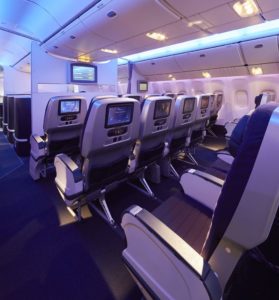
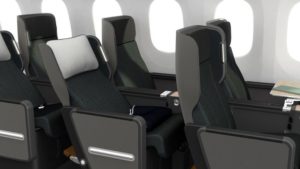
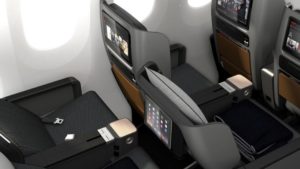
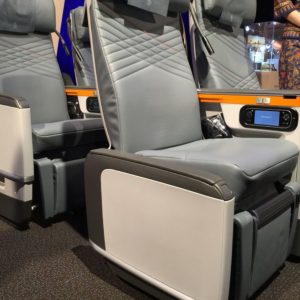
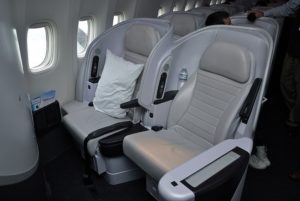
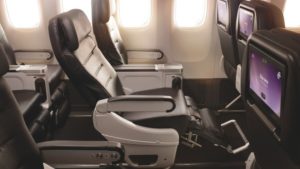
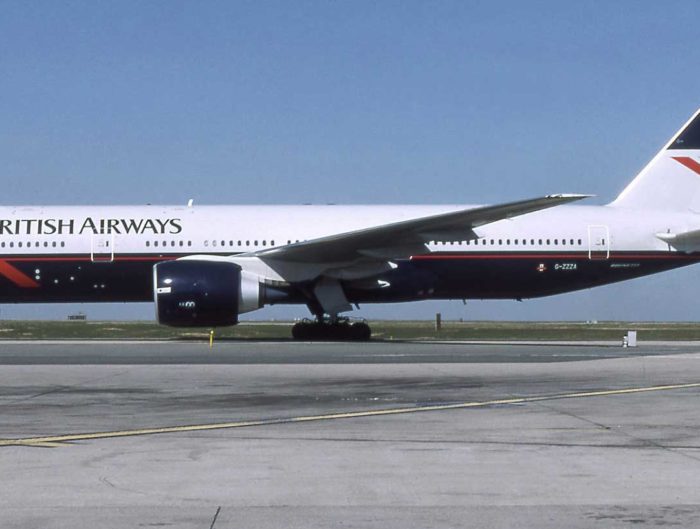


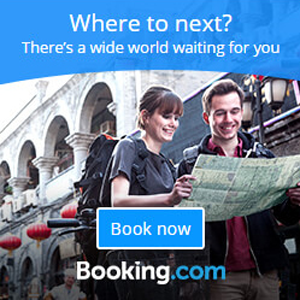

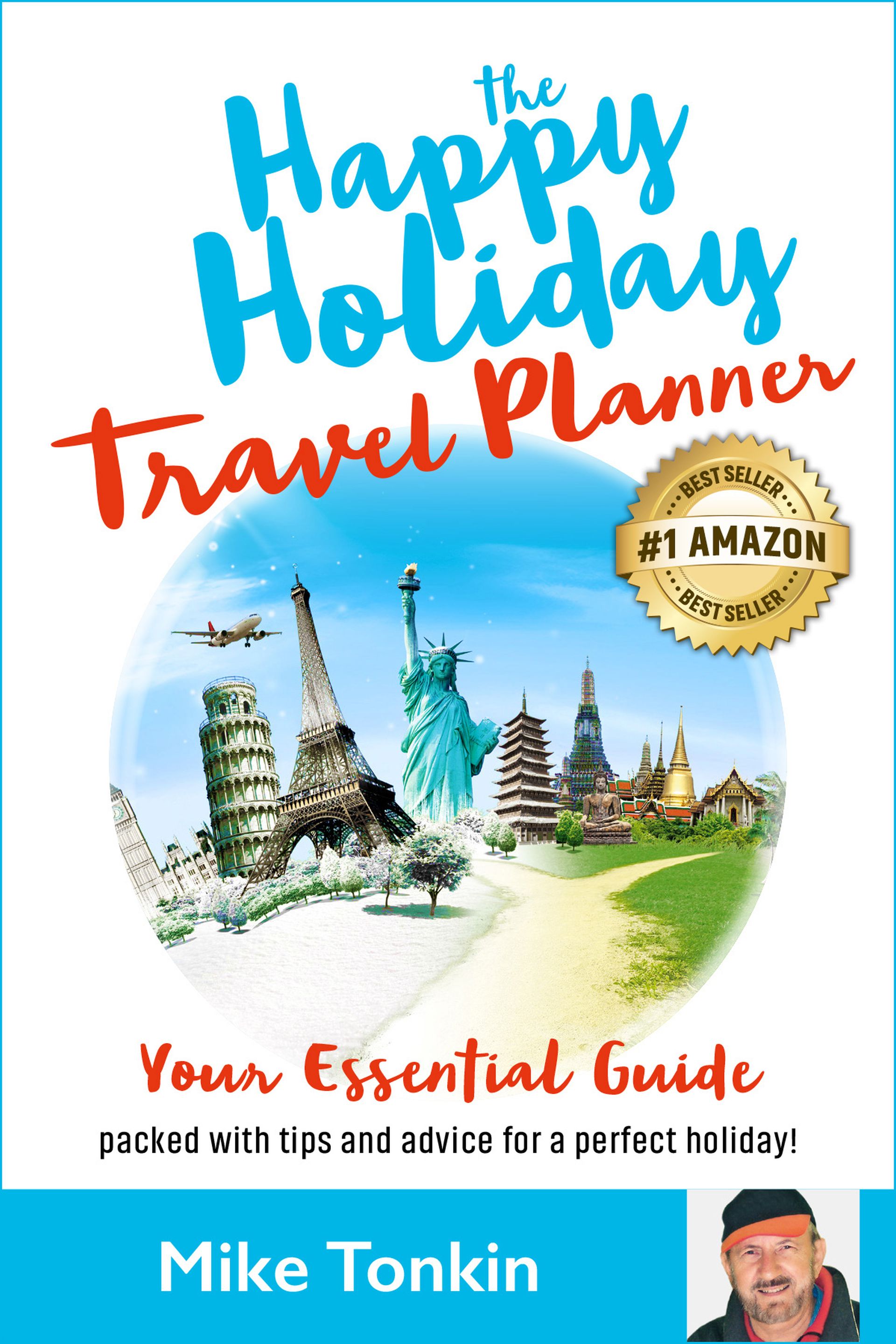

Leave a reply